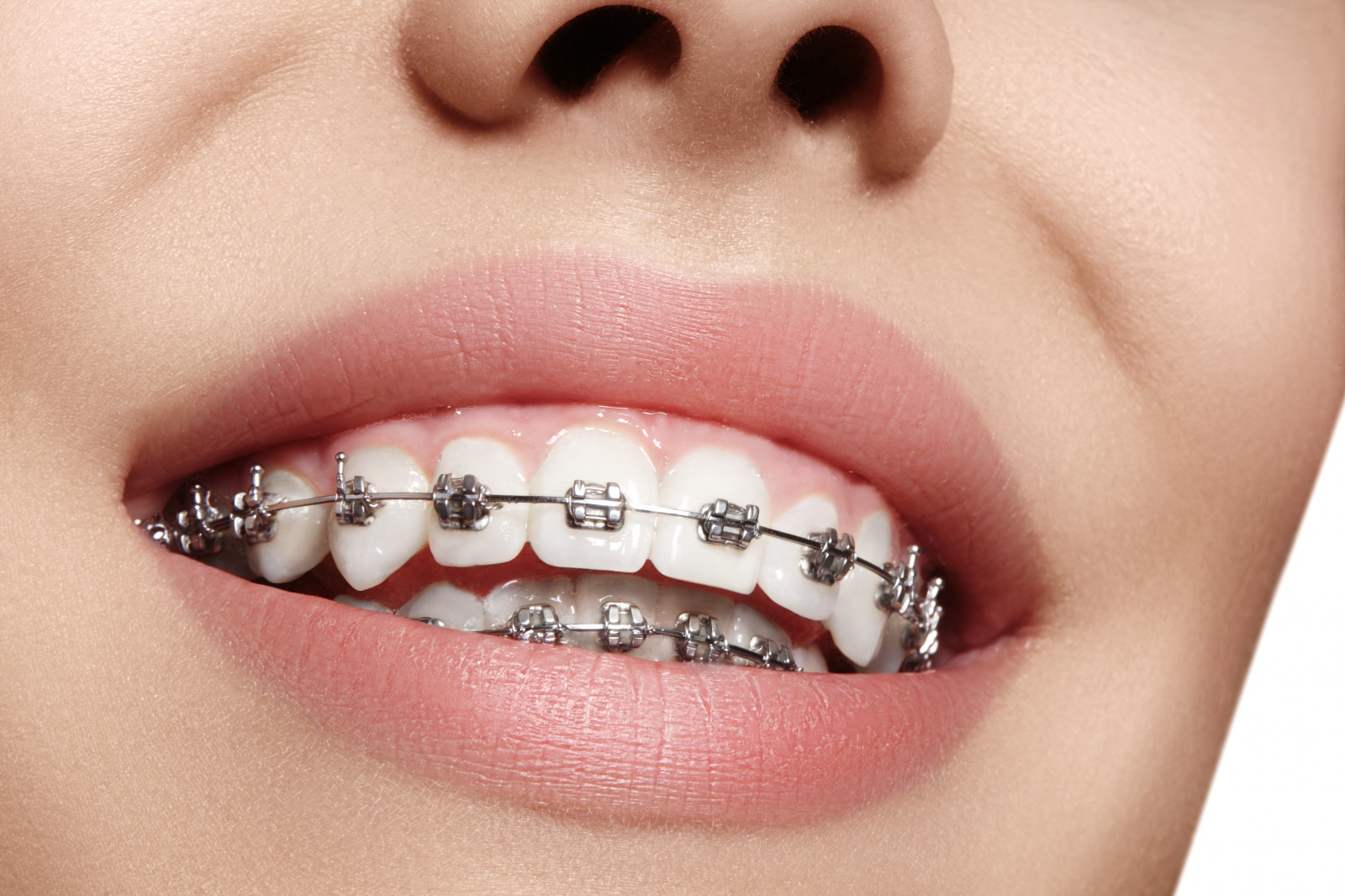The Facts About Causey Orthodontics Revealed
Table of Contents10 Simple Techniques For Causey OrthodonticsAbout Causey OrthodonticsSee This Report about Causey OrthodonticsThe Basic Principles Of Causey Orthodontics Indicators on Causey Orthodontics You Should Know
Ignoring occlusal partnerships, it was typical to eliminate teeth for a variety of oral issues, such as malalignment or overcrowding. The principle of an undamaged teeth was not commonly valued in those days, making bite relationships appear unimportant. In the late 1800s, the principle of occlusion was vital for creating dependable prosthetic substitute teeth.As these ideas of prosthetic occlusion progressed, it came to be an invaluable device for dentistry. It remained in 1890 that the work and influence of Dr. Edwards H. Angle began to be felt, with his contribution to modern orthodontics particularly noteworthy. Focused on prosthodontics, he showed in Pennsylvania and Minnesota prior to directing his focus towards dental occlusion and the therapies needed to preserve it as a typical condition, thus coming to be understood as the "dad of contemporary orthodontics".

The concept of perfect occlusion, as postulated by Angle and included right into a classification system, enabled a change towards treating malocclusion, which is any kind of variance from typical occlusion. Having a full collection of teeth on both arches was highly searched for in orthodontic therapy because of the requirement for exact partnerships in between them.
5 Simple Techniques For Causey Orthodontics
As occlusion came to be the vital top priority, face proportions and looks were ignored - best orthodontist. To attain perfect occlusals without utilizing external forces, Angle proposed that having ideal occlusion was the very best means to gain optimum facial appearances. With the passing of time, it ended up being fairly evident that even a remarkable occlusion was not appropriate when considered from an aesthetic viewpoint
It ended up being noticeable that orthodontic treatment might change mandibular advancement, bring about the formation of useful jaw orthopedics in Europe and extraoral pressure measures in the US. Nowadays, both practical home appliances and extraoral gadgets are used around the world with the objective of modifying growth patterns and types. Consequently, seeking true, or a minimum of improved, jaw relationships had come to be the main purpose of treatment by the mid-20th century.
Causey Orthodontics - Questions
 The American Journal of Orthodontics was produced for this purpose in 1915; before it, there were no clinical purposes to adhere to, neither any type of accurate category system and brackets that did not have features. Till the mid-1970s, dental braces were made by wrapping steel around each tooth. With advancements in adhesives, it ended up being feasible to rather bond metal brackets to the teeth.
The American Journal of Orthodontics was produced for this purpose in 1915; before it, there were no clinical purposes to adhere to, neither any type of accurate category system and brackets that did not have features. Till the mid-1970s, dental braces were made by wrapping steel around each tooth. With advancements in adhesives, it ended up being feasible to rather bond metal brackets to the teeth.This has had meaningful effects on orthodontic treatments that are carried out routinely, and these are: 1. Appropriate interarchal relationships 2. Appropriate crown angulation (tip) 3.
The advantage of the layout hinges on its brace and archwire mix, which needs only minimal cord flexing from the orthodontist or medical professional (cheapest orthodontist near me). It's appropriately called hereafter function: the angle of the port and density of the bracket base eventually identify where each tooth is situated with little demand for additional control
Excitement About Causey Orthodontics
Both of these systems utilized similar braces for each and every tooth and demanded the flexing of an archwire in three airplanes for finding teeth in their wanted settings, with these bends dictating best positionings. When it involves orthodontic devices, they are split into two types: removable and taken care of. Removable devices can be handled and off by the client as called for.

Thus, virtually all modern-day set devices can be taken into consideration variants on this edgewise home appliance system. Early 20th-century orthodontist Edward Angle made a major contribution to the world of dental care. He produced four distinct appliance systems that have actually been utilized as the basis for lots of orthodontic treatments today, disallowing a few exceptions.
The 45-Second Trick For Causey Orthodontics

The cord finished in a thread, and to relocate forward, an adjustable nut was utilized, which permitted a rise in area. By ligation, each individual tooth was attached to this large archwire (orthodontist services). As a result of its restricted variety of activity, Angle was not able to achieve specific tooth positioning with an E-arch
These tubes held a firm pin, which might be repositioned at each consultation in order to move them in position. Called the "bone-growing appliance", this gizmo was theorized to urge healthier bone development because of its potential for moving force directly to the origins. Nevertheless, implementing it verified bothersome in truth.